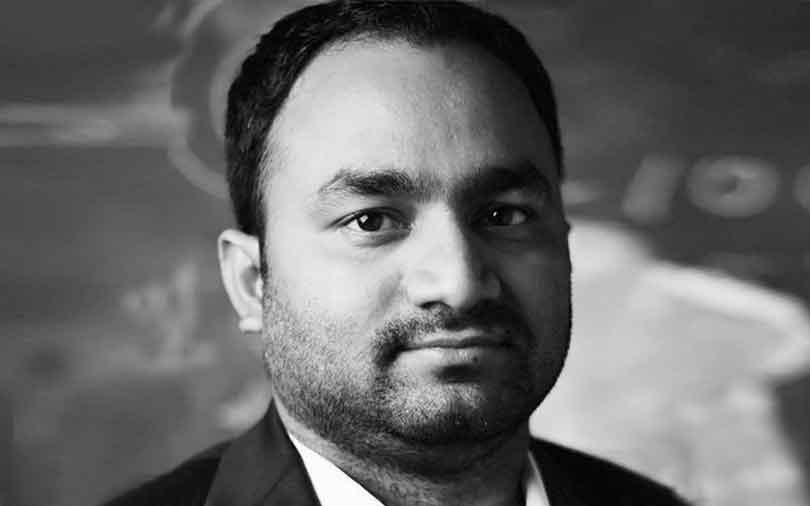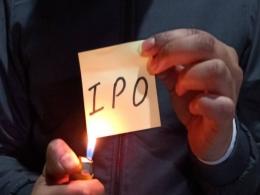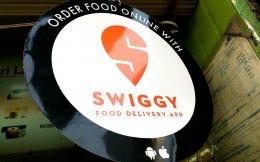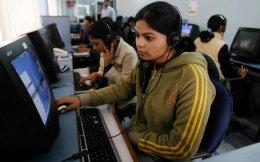On-demand online payments and commerce platform for micro, small and medium enterprises, Instamojo, has turned five this week. Only last month, it had announced a pre-Series B investment from Japanese payment firm AnyPay, and is close to raising a large Series B round. The company, which hosts around 300,000 small businesses with an average annual turnover of $25,000 (Rs 16 lakh), reached a major milestone recently – recording the first-ever profitable month in July. Here, Instamojo cofounder and CEO Sampad Swain tells VCCircle how the company wants to build a one-stop digital platform for small businesses.
How do you look at your five-year journey?
In September 2012, the idea was to simply help micro and small businesses in India to accept payments across all modes with the help of a bank account and a phone number. At that point in time, small businesses did not have the basic ability to accept payments because of the sheer paperwork, technical intervention and a lot of due diligence. The requirements, such as creating a private limited company, were not feasible for an MSME merchant to adopt. We figured out that it was a niche area that could be very lucrative because of the sheer number of microenterprises in India.
Along the way, we added many marquee angel investors and institutional funds, including Rajan Anandan from Google, Blume Ventures, Kalaari Capital and 500 Startups. Recently, we added AnyPay when it forayed into India.
Please tell us about how the business has grown over the years…
We have acquired a little over 300,000 merchants on the platform from across 900 cities and towns without a single foot on ground. Today, we are controlling a little over 30% of all the MSMEs’ annual turnover on the platform, with either of our two flagship products. The first, is the payment link, which allows anybody with a bank account and a phone number to accept payments. The second, is a free online store that allows anybody to digitally catalogue his or her offerings, and then showcase them to their clients, customers and buyers.
Within the next 20 months we would like to take the number of merchants to one million, and control a larger wallet share of small merchants at 70-75%.
That would indeed be a sharp upward curve. But how do you plan to achieve it?
There are a lot of tailwinds. Jan Dhan, Aadhaar initiatives and the Goods and Services Tax, are all positive signs for the SME ecosystem. In fact, we will be one of the biggest beneficiaries. The next 12 to 18 months will be very interesting for us across the commerce ecosystem – be it compliance, lending, logistics or loyalty. We plan to create a holistic platform that will help MSMEs to adopt digital and go online with zero risk. This will help us touch the one million mark.
Given that the wallet share is a major milestone or key metric for the health of our business, we will move beyond payments and the online store. We have identified three or four areas where there are a lot of issues that can be solved with the use of technology. GST compliance is one such area, finding logistic partners for small businesses is another, besides lending. We generate a lot of data internally on MSMEs. NBFCs can use our data to lend money to these companies. So, we will be bringing in payments, compliance, logistics and lending, all on one platform. We are, in fact, telling the MSMEs that they ‘do not have to go to 20 different platforms’.
From payments to B2B commerce. Will you not be competing with different sets of players in each of these segments?
Maybe yes, maybe no. We really do not know. We personally feel that the online commerce industry is still at a nascent stage. I believe that in a growing industry there are short-term adversaries and long-term enemies. In the past five years of our journey, we have seen several of our earlier enemies turning friends, and vice versa. It is important that all players must collaborate to help in the acceleration of the industry. The 60 million MSMEs together generate 130 million jobs. And that is a huge number. MSMEs comprise close to 30% of India’s $2.2 trillion gross domestic product. You cannot ignore the sector. All of us have just started. It is too early to look at who is an enemy and who is a friend.
In five years, you have just reached the pre-Series B stage. Isn’t the pace to raise funds relatively slow for an internet business?
I would look at it differently. We have become profitable in July. And the three-month period to September will be our first ever profitable quarter. Besides, we are growing at 10-15% month-on-month. We had seen the funds drying up in 2015 and investors were not willing to put in money. That is the nature of the venture ecosystem. But despite the downturn, we had grown five times during that period and, within five years, turned profitable. This is my third business. And, I don’t think that money has ever been the biggest issue, though it is important. Today, fortunately, we are in complete control of our fundraising goals, including aspects such as “from whom and how muchâ€.
You are looking to raise the next round of funding. How is it coming along?
We are in touch with a few large funds – global and financial investors. We want to go from point A to point B in the shortest possible time. We want a lot of critical learning and global expertise to help us. If somebody brings that to the table, they will be our champions. But we are not in a hurry. It can happen within the next three months or in 12 months.
Like this interview? Sign up for our daily newsletter to get our top reports.






